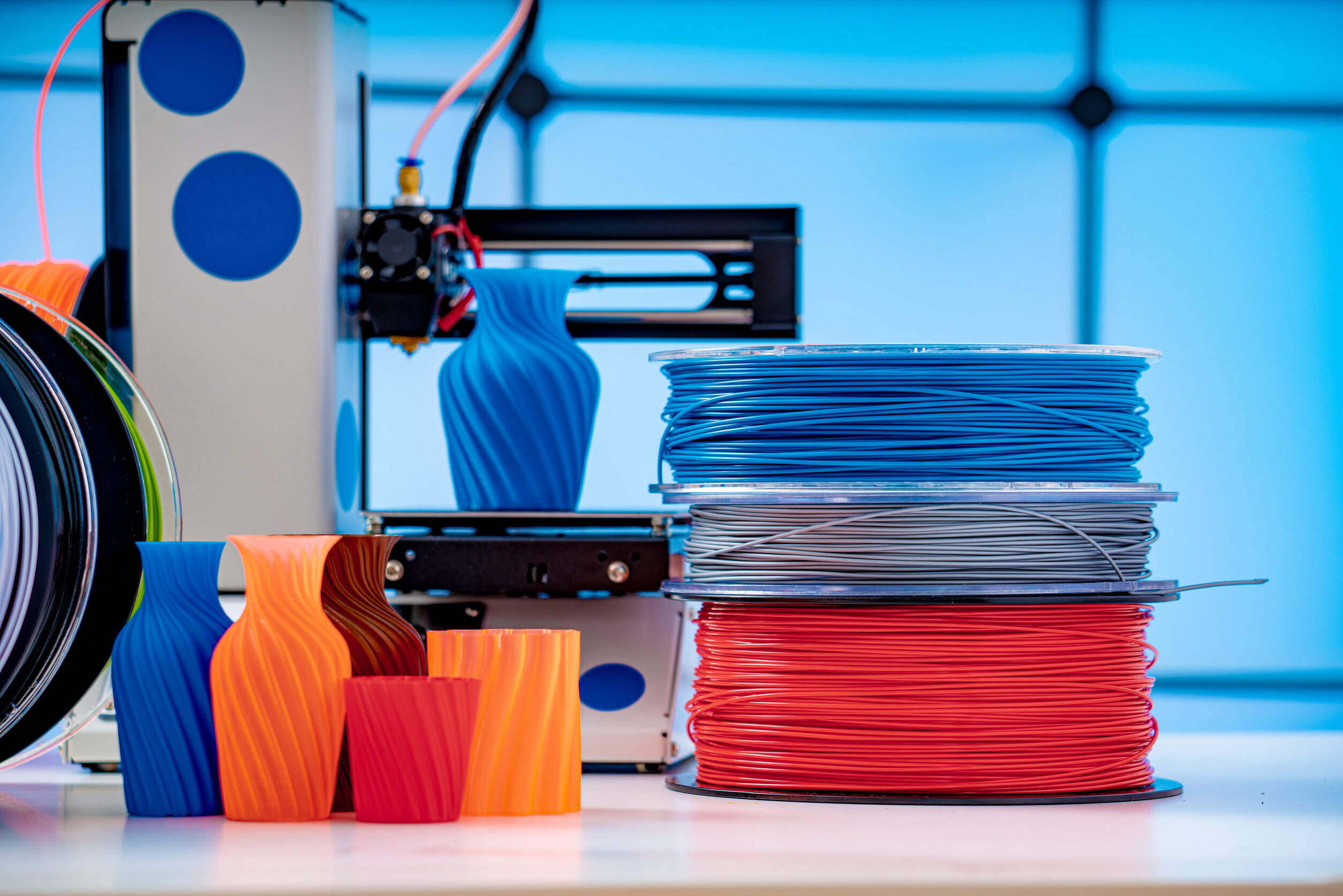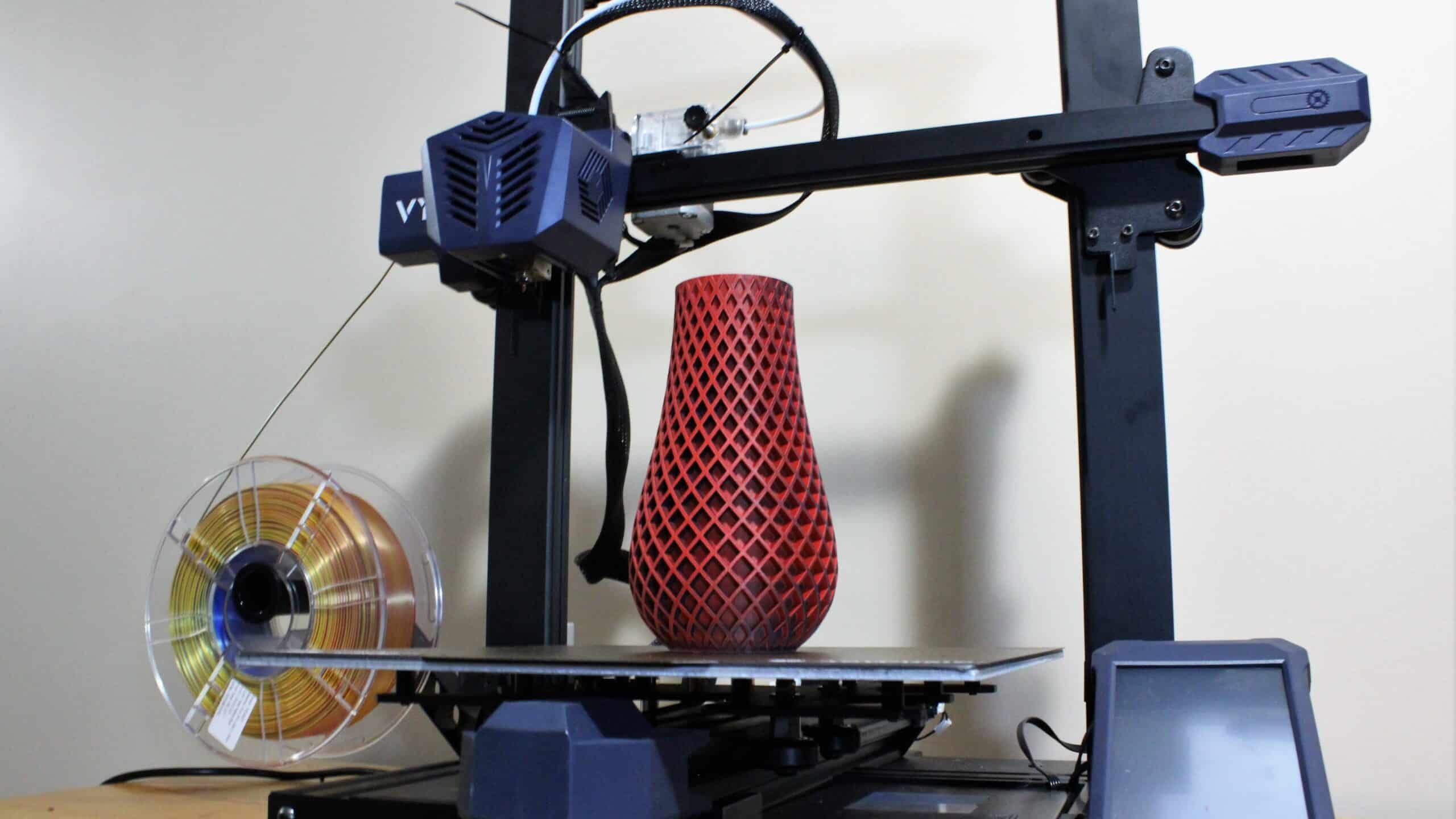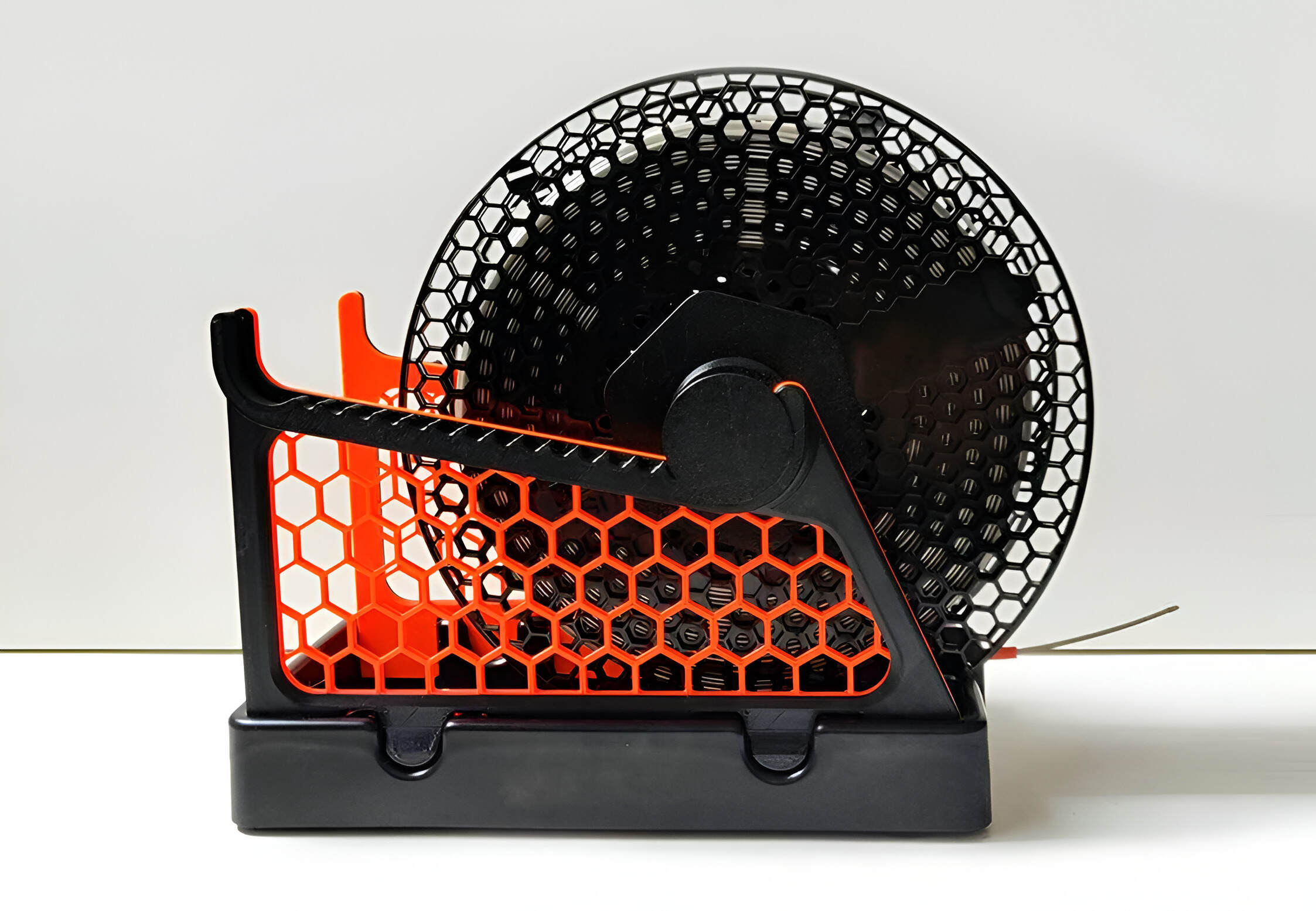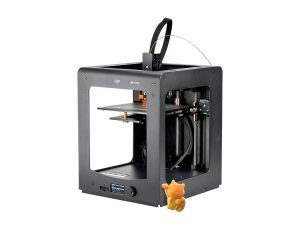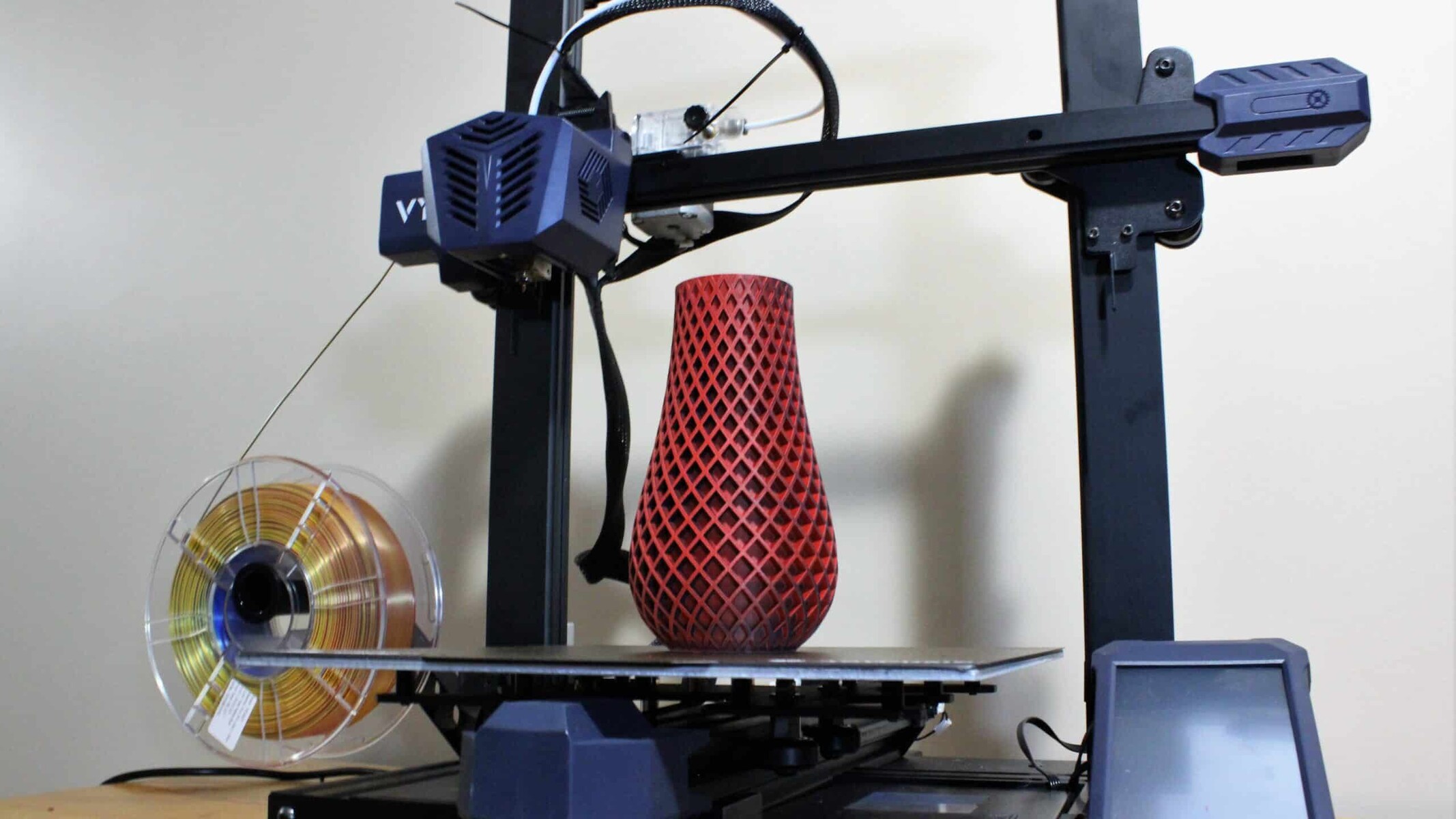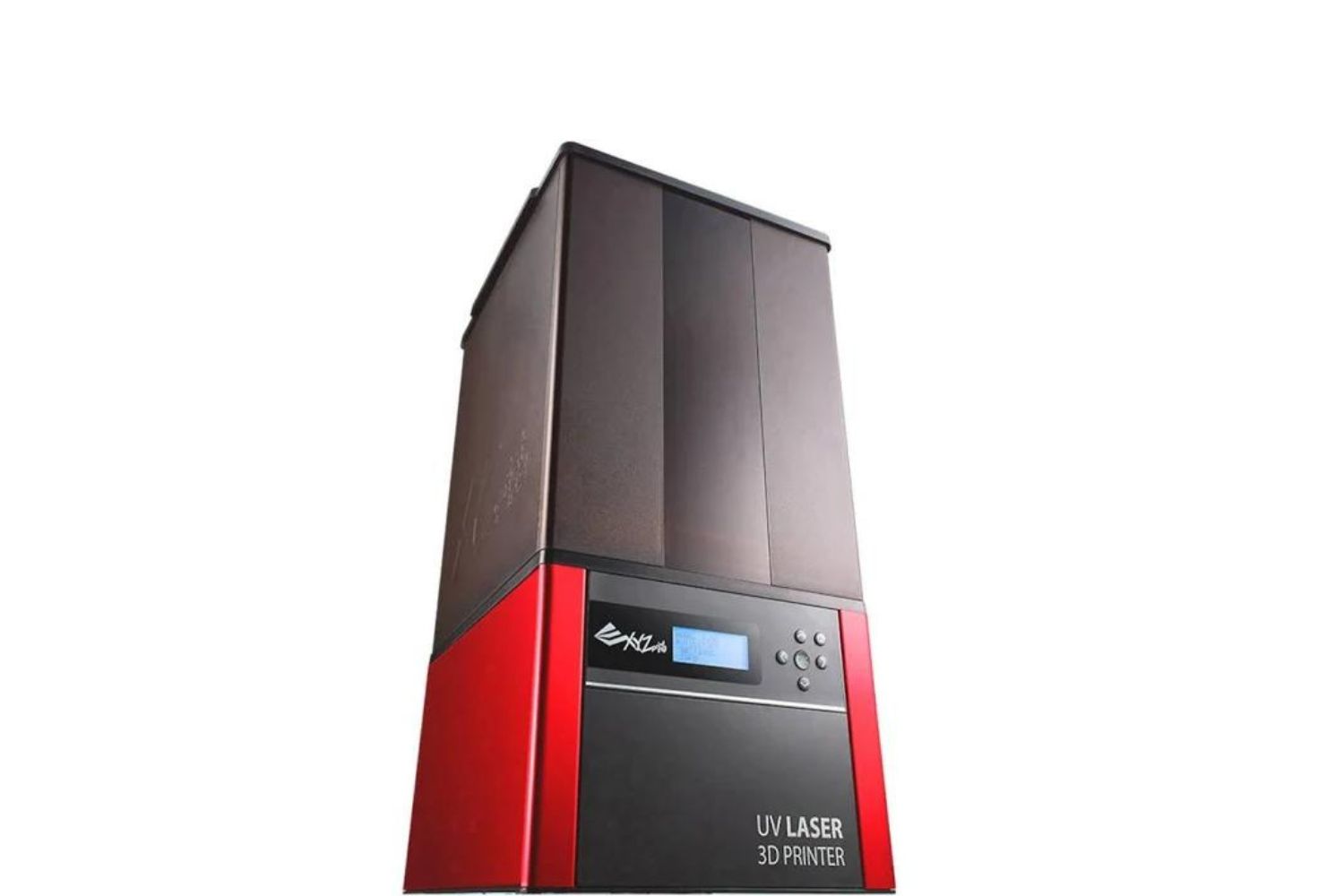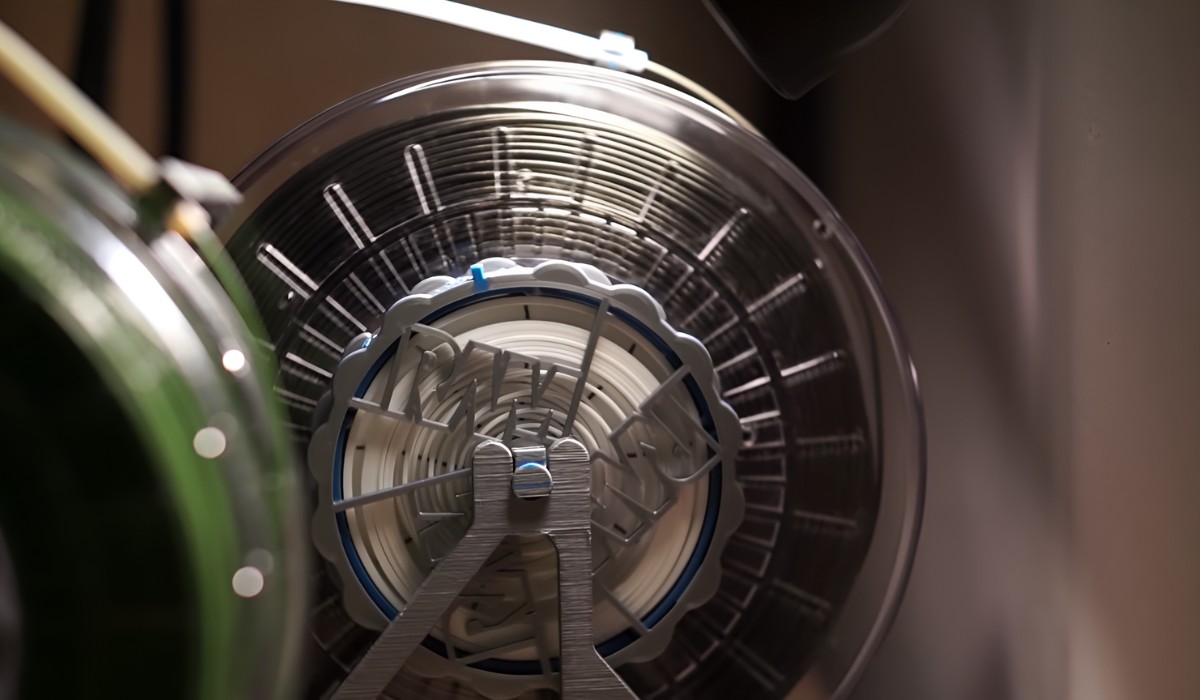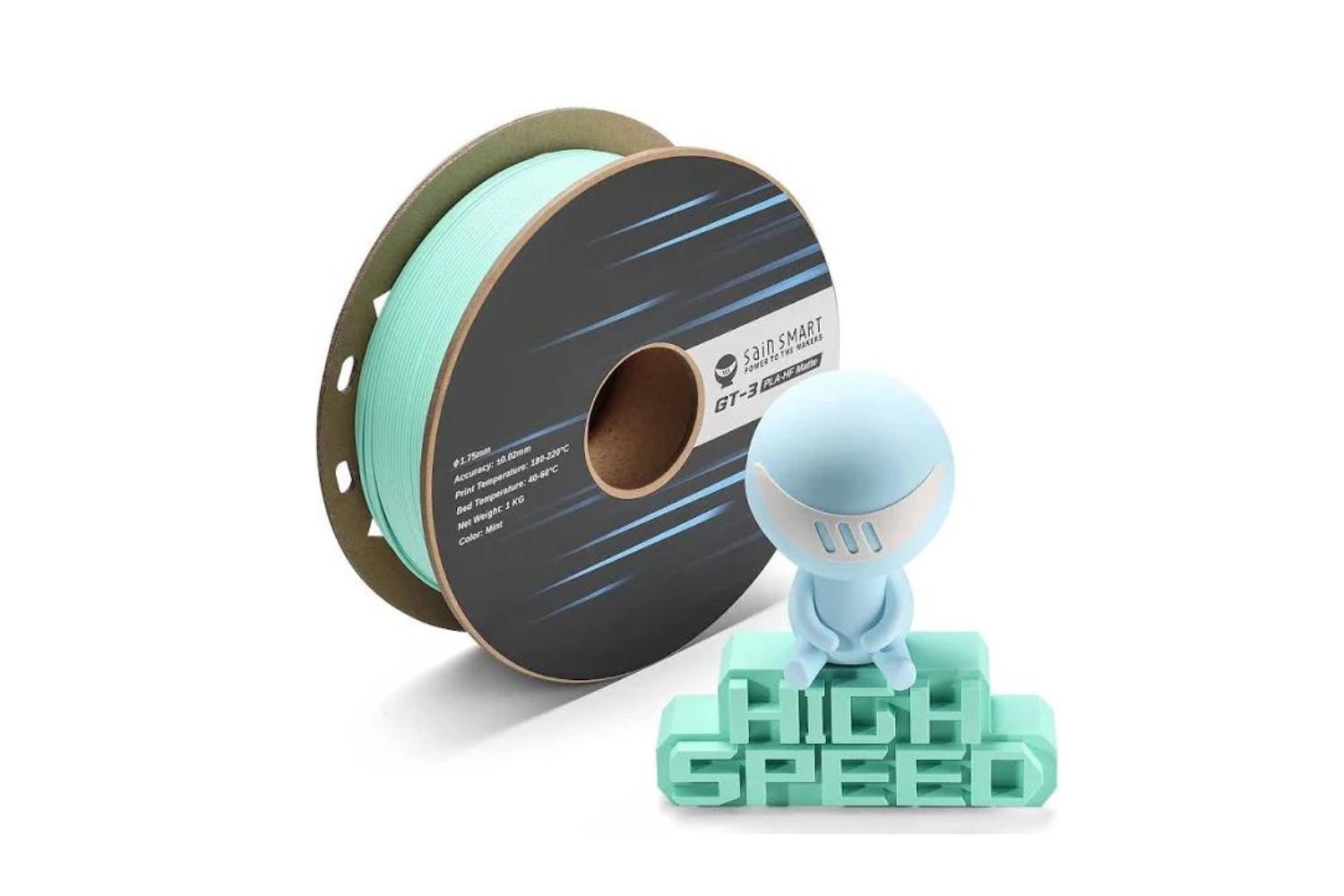Introduction
3D printing has revolutionized the manufacturing industry, allowing for the creation of complex designs and prototypes with incredible precision. One of the key components of 3D printing is the printing material, specifically the type of plastic used. However, before diving into the cost of 3D printing plastic, it’s important to understand the factors that affect the overall cost.
3D printing plastic costs can vary widely depending on several factors. The type of plastic material used, the complexity and size of the object being printed, and the 3D printer technology employed are all key considerations. While the cost of 3D printing plastic can add up, there are ways to minimize expenses without compromising on the quality of the final product.
This article will delve into the different types of plastic materials commonly used in 3D printing, compare the costs of each material, and provide tips on how to minimize 3D printing plastic costs. Whether you’re a hobbyist, an entrepreneur, or an industry professional, understanding the cost dynamics of 3D printing plastic can help you make informed decisions and optimize your budget.
Before we explore the cost breakdown, it’s crucial to familiarize ourselves with the various factors that influence the cost of 3D printing plastic.
Factors Affecting the Cost of 3D Printing Plastic
The cost of 3D printing plastic is influenced by several key factors that can significantly impact the overall expenses. Understanding these factors will help you estimate and manage your budget effectively. Let’s explore some of the main factors influencing the cost:
- Type of Plastic Material: The choice of plastic material has a direct impact on the cost of 3D printing. Different types of plastics have varying costs, ranging from inexpensive options like PLA (Polylactic Acid) to more costly alternatives like ABS (Acrylonitrile Butadiene Styrene) or Nylon. The cost of the plastic material is generally determined by factors such as availability, quality, and specific properties required for the printed object.
- Complexity and Size of the Object: The complexity and size of the 3D printed object also play a significant role in determining the cost. Objects that are more intricate and require a higher level of detail will require more time and material, thus increasing the overall cost. Similarly, larger objects will use more material, leading to higher expenses. It’s important to consider the complexity and size of your design when estimating the cost of 3D printing plastic.
- 3D Printer Technology: The type of 3D printer technology being used can have an impact on the cost of 3D printing plastic. Different technologies, such as Fused Deposition Modeling (FDM), Stereolithography (SLA), or Selective Laser Sintering (SLS), have varying requirements and capabilities. Some technologies may require specific types of plastic materials or additional post-processing steps, which can affect the overall cost of the printing process.
- Additional Post-Processing: Depending on the desired end result, additional post-processing may be required after the 3D printing is complete. This can include sanding, polishing, painting, or other finishing techniques. These post-processing steps can add to the overall cost of the 3D printed object and should be taken into consideration when estimating the expenses.
- Quantity and Batch Size: The quantity and batch size of the objects being printed can also impact the cost. Bulk orders or larger quantities can often lead to cost savings due to economies of scale. Conversely, printing a single object or smaller batch sizes may result in higher costs per unit.
- Supplier and Location: The choice of supplier and their location can also influence the cost of 3D printing plastic. Different suppliers may have varying pricing structures or shipping costs, so it’s advisable to compare prices from multiple sources to ensure the best deal.
By considering these factors and making informed choices, you can effectively manage the cost of 3D printing plastic without compromising on the quality of your printed objects. Now that we have explored the key factors, let’s move on to discussing the different types of plastic materials commonly used in 3D printing.
Different Types of 3D Printing Plastic Materials
When it comes to 3D printing, a variety of plastic materials are commonly used, each with its own unique characteristics and applications. Understanding the different types of plastic materials available for 3D printing is essential for selecting the best material for your specific needs. Here are some of the most popular 3D printing plastic materials:
- PLA (Polylactic Acid): PLA is one of the most common and affordable 3D printing materials. It is derived from renewable resources, such as cornstarch or sugarcane, making it environmentally friendly. PLA is easy to print with and offers a wide range of vibrant colors. It is ideal for general prototyping, educational purposes, and decorative objects. However, PLA is less heat-resistant and more brittle than some other materials.
- ABS (Acrylonitrile Butadiene Styrene): ABS is a durable and versatile plastic material commonly used in 3D printing. It has excellent strength and impact resistance, making it suitable for functional parts, mechanical components, and enclosures. ABS requires a heated print bed and an enclosed printer to minimize warping and achieve optimal results. It offers good temperature resistance but can emit fumes during printing, requiring proper ventilation.
- PETG (Polyethylene Terephthalate Glycol): PETG is a popular choice for 3D printing due to its excellent toughness, chemical resistance, and clarity. It combines the strength of ABS with the ease of printing of PLA. PETG is widely used for functional prototypes, mechanical parts, and food-safe applications. It has low warping and reliable layer adhesion, making it suitable for larger prints. However, PETG may require a heated bed and higher printing temperature compared to PLA.
- TPU (Thermoplastic Polyurethane): TPU is a flexible filament used to create objects that require elasticity and durability. It is commonly used for making phone cases, wearables, and rubber-like parts. TPU exhibits excellent resistance to abrasion, oils, and chemicals. It can be relatively challenging to print with due to its flexible nature and is generally compatible with printers equipped with a direct drive extruder or a Bowden extruder with modifications.
- Nylon: Nylon is a strong and lightweight material known for its high impact resistance and flexibility. It offers good chemical resistance and can withstand moderate to high temperatures. Nylon is commonly used for functional prototypes, mechanical parts, and applications that require durability. However, it can be more challenging to print with due to high moisture absorption, requiring the use of a dry box or filament drying techniques.
These are just a few examples of the many plastic materials available for 3D printing. Each material has its own strengths, weaknesses, and specific use cases. Consider the intended application, desired properties, and printing requirements when selecting the most suitable material for your project. In the next section, we will compare the costs of different 3D printing plastic materials to help you make an informed decision.
Cost Comparison of Popular 3D Printing Plastics
The cost of 3D printing plastics can vary depending on the type of material used. Understanding the cost differences between popular 3D printing plastics is essential for managing your budget and selecting the most suitable material for your project. Let’s compare the costs of some widely used 3D printing plastics:
- PLA (Polylactic Acid): PLA is known for its affordability, making it an excellent choice for budget-conscious projects. The cost of PLA filament can range from $20 to $40 per kilogram, depending on the brand, quality, and color. Its low cost, combined with its ease of use and availability in a wide range of colors, makes PLA a popular option for hobbyists and beginners.
- ABS (Acrylonitrile Butadiene Styrene): ABS is generally slightly more expensive than PLA, with prices ranging from $25 to $50 per kilogram. The increased cost is primarily due to its higher durability and impact resistance compared to PLA. Additionally, ABS often requires a heated bed and an enclosed printer to achieve optimal print results, which can add to the overall cost of the printing process.
- PETG (Polyethylene Terephthalate Glycol): PETG falls within a similar price range as ABS, typically costing between $25 and $50 per kilogram. Its versatility, strength, and ease of use make it a popular choice for functional prints. PETG offers excellent layer adhesion and minimal warping, making it suitable for larger prints with intricate details.
- TPU (Thermoplastic Polyurethane): TPU is generally more expensive than PLA, ABS, or PETG, with prices ranging from $40 to $80 per kilogram. This higher cost is attributed to the specific properties of TPU, such as its flexibility, elasticity, and chemical resistance. Its unique characteristics make it an ideal choice for printing objects that require rubber-like or flexible properties.
- Nylon: Nylon is considered a premium 3D printing material and is therefore typically more expensive than other plastics. Prices for nylon filament can range from $50 to $100 per kilogram. The cost is reflective of its excellent strength, durability, and chemical resistance. Nylon is commonly used for applications requiring high-performance parts and industrial-grade durability.
It’s important to note that these price ranges are approximate and may vary depending on the brand, supplier, and other factors. Additionally, prices may differ based on the specific properties of the plastic, such as color, transparency, or specialty variations. It’s always a good idea to compare prices from different suppliers and consider bulk purchase options to optimize costs.
Now that we have compared the costs of the different 3D printing plastics, let’s break down the overall cost of 3D printing plastic to gain a better understanding of the cost components.
Cost Breakdown of 3D Printing Plastic
To fully understand the cost of 3D printing plastic, it’s important to break down the overall expenses into different components. Here is a breakdown of the main cost elements involved in 3D printing plastic:
- Plastic Material: The cost of the actual plastic filament is a significant component of the overall cost. As discussed earlier, the price of 3D printing plastic materials varies based on the type of plastic used. The cost will depend on the quantity purchased, the brand, and the specific properties required for the print.
- Consumables and Accessories: In addition to the plastic filament, there are other consumables and accessories involved in the 3D printing process that contribute to the overall cost. This includes items such as adhesive sprays, tape, cleaning solutions, and maintenance tools. While these costs may seem minor individually, they can add up, especially if you frequently use your 3D printer.
- Energy Consumption: 3D printers require electricity to operate, and the energy consumption can contribute to the cost. The amount of energy consumed will depend on various factors, such as the type of printer, printing speed, and duration of print jobs. It’s important to consider the energy cost and factor it into the overall expenses.
- Depreciation and Maintenance: Over time, 3D printers may require maintenance or replacement of parts, which contributes to the overall cost of 3D printing plastic. It’s essential to consider the depreciation of the printer and the potential costs associated with repairs or upgrades that may be necessary along the way.
- Labor and Time: While not a direct monetary cost, the time and labor involved in 3D printing should be considered. The longer it takes to print an object, the higher the opportunity cost of the printer, especially if it is being used for commercial purposes. Additionally, the time spent on designing, preparing files, and post-processing should also be considered when estimating the overall cost.
By breaking down the cost elements, it becomes apparent that the cost of 3D printing plastic includes more than just the price of the filament. Considering all these components will give a more accurate estimate of the overall expenses involved in the 3D printing process.
Now that we have explored the various cost factors, including the different types of 3D printing plastic, cost comparisons, and the cost breakdown, let’s move on to the next section, where we will provide some tips to help minimize the cost of 3D printing plastic.
Tips to Minimize 3D Printing Plastic Cost
When it comes to 3D printing plastic, there are several strategies you can employ to minimize costs without compromising on the quality of your prints. Here are some tips to help you optimize your 3D printing plastic costs:
- Select Cost-Effective Materials: Choose the right type of plastic material based on your specific requirements. Opt for more affordable options like PLA or PETG if they meet your project’s needs, rather than more expensive materials like nylon. It’s important to strike a balance between cost and functionality.
- Consider Filament Suppliers and Brands: Compare prices from different filament suppliers and consider trying different brands. Some suppliers might offer lower prices or have discounts available for bulk orders. However, ensure that you also check the quality and reputation of the filament brands to ensure satisfactory results.
- Print with Infill: Infill refers to the internal structure of a 3D printed object. By adjusting the infill percentage, you can reduce the amount of plastic used while still maintaining the necessary strength and stability of the print. Experiment with different infill settings to find the right balance between material usage and desired object properties.
- Optimize Print Settings: Fine-tuning your printer settings can help reduce material waste. This includes adjusting the layer height, print speed, and temperature settings to achieve optimal results while minimizing plastic usage. Test and optimize your settings for each type of plastic material to ensure efficiency and cost-effectiveness.
- Print Smaller Objects and Batch Print: If possible, consider splitting larger objects into smaller parts to reduce printing time and material usage. Additionally, batch printing multiple objects in a single print job can help maximize the use of the printer’s capacity and efficiency, ultimately reducing the cost per printed item.
- Reuse and Recycle: Minimize waste by reusing or recycling filament scraps and failed prints. You can often recycle these materials by grinding them into pellets for future use. There are also filament recycling programs available that can help you minimize waste and lower material costs in the long run.
- Optimize Support Structures: When printing objects that require support structures, optimize their design to minimize the amount of support material used. Finding the right balance between providing sufficient support and reducing material waste can significantly impact the overall cost of printing.
Implementing these tips will help you reduce the cost of 3D printing plastic while maintaining the desired quality and efficiency. It’s essential to experiment, optimize, and find the right balance for your specific needs and projects.
With these cost-saving strategies in mind, you can make the most of your 3D printing endeavors. In the next section, we will conclude by summarizing the key points discussed throughout this article.
Conclusion
3D printing plastic has opened up new possibilities in the world of manufacturing, allowing for the creation of intricate designs and prototypes with remarkable precision. However, it’s important to understand the factors that affect the cost of 3D printing plastic and how to optimize it. By considering the type of plastic material, the complexity and size of the object, the 3D printer technology, and other cost influencers, you can better estimate and manage your budget.
We explored the different types of 3D printing plastic materials, such as PLA, ABS, PETG, TPU, and Nylon, and compared their costs to help you make informed decisions for your projects. Furthermore, we broke down the overall cost of 3D printing plastic, including the material itself, consumables, energy consumption, maintenance, and labor, to provide a comprehensive understanding of the cost components.
To minimize your 3D printing plastic costs, we provided valuable tips such as selecting cost-effective materials, researching suppliers and brands, optimizing print settings, and maximizing efficiency through infill and support structure optimization. We also emphasized the importance of reusing and recycling filament scraps and failed prints to reduce waste and lower material costs.
By following these strategies and understanding the cost dynamics of 3D printing plastic, you can make the most of your budget without compromising on the quality of your prints. Remember to experiment, fine-tune your settings, and find the right balance for your specific needs and projects.
As technology advances and costs continue to evolve, it’s important to stay informed about the latest trends and developments in the world of 3D printing plastic. By staying up to date with new materials, methodologies, and cost-saving techniques, you can continue to optimize your 3D printing endeavors and enjoy the benefits of this innovative technology.







